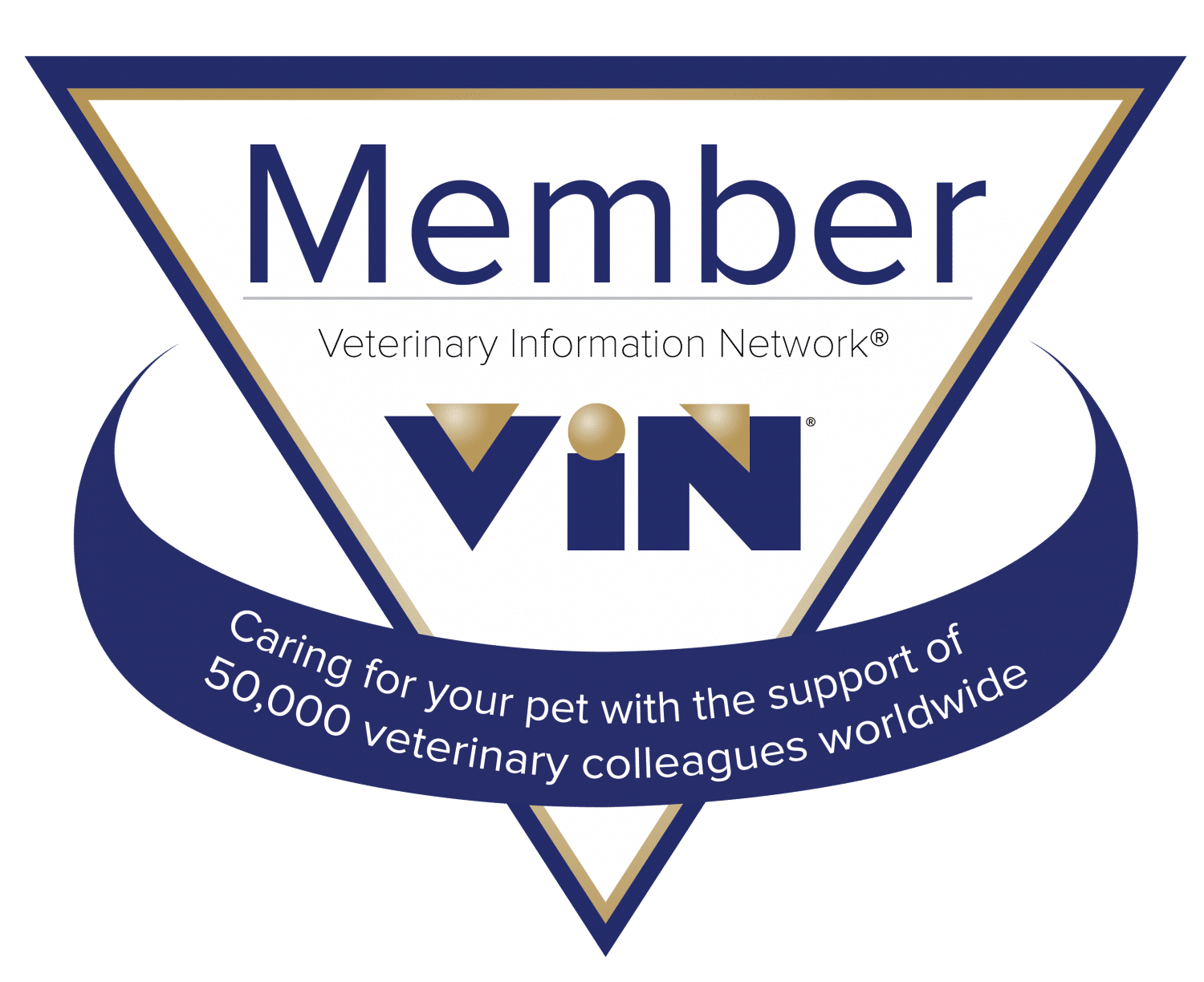One of the difficulties in being a solo practitioner is that you can really only do one thing at a time. Sure, you can "multi-task", working on multiple patients in the same time period: some patients will be in a holding pattern while waiting for lab results, or their initial ear cleansing can be done by a technician, etc. Still, one patient is getting your attention while the others are not.
Triage really comes down to "who’s going to die first?" when you’re sorting out multiple critical patients. When addressing a single patient with multiple problems, it would be "what’s going to kill him first?". This is the extreme example of "the squeaky wheel gets the grease". There’s nothing like having an artery pumping blood on to the floor to move you to front of the line, but it’s a tough way to get there.
 This is Wendy. She was playing in the river with her family tonight when she encountered some submerged trash that was mighty sharp. When she returned to shore, she was pouring blood from a wound on the back of her front leg. The deep flexor tendons were cut, along with muscle and a big artery. Direct pressure wasn’t slowing it down much and the folks resorted to a tourniquet. [This should be a "last-ditch" effort — when you put a tourniquet on, you’ve decided that you’re willing to risk losing that foot to keep from bleeding to death.]
This is Wendy. She was playing in the river with her family tonight when she encountered some submerged trash that was mighty sharp. When she returned to shore, she was pouring blood from a wound on the back of her front leg. The deep flexor tendons were cut, along with muscle and a big artery. Direct pressure wasn’t slowing it down much and the folks resorted to a tourniquet. [This should be a "last-ditch" effort — when you put a tourniquet on, you’ve decided that you’re willing to risk losing that foot to keep from bleeding to death.]
During the twenty minutes it took for her to get to the hospital, she lost a LOT of blood. She was feeling a little woozy, on the verge of being in shock. When I applied a new pressure bandage and removed the tourniquet, the bandage was soaked in a minute, with blood pooling on the exam table.
This is where the triage thing comes in. Ordinarily, you’d like to get an I.V. line started and begin treatment for the blood loss. In this case, the blood is being lost faster than you could wipe it up. SO, what’s going to kill you first: being in shock or bleeding to death? Yeah, we need to handle both at once, but I’m just one guy here at night.
So, step one is get some pain medicine into the dog, have her inhale gas and oxygen until she’s out (but not too out), and sew that baby up to stop the bleeding. We’ll have to worry about repairing the tendons some other time when she’s a little more stable.
Now that the bleeding is stopped, we do start the I.V. line and pour the fluids to her. That little blue comforter she’s sporting in the picture is a Bair-Hugger warm-air blanket. About an hour (and two liters of I.V. fluids) later, she’s waking up, looking around and looking like a dog again.
So that’s handling the two things that will kill her first. I wish I could have done both at the same time, but…
Now we worry about infection, damage to other organs that may have occurred while circulation was poor, and (eventually) getting the tendons repaired so she can walk again.


Aweeee, poor baby. Hopefully she will be ok. And shame on the people who threw there garbage in the river!!! (and i’m being very nice right now)
That situation is quite overwhelming, but I hope that it’s one of those moments that when you’re successful it’s incredibly rewarding. Thanks so much for regularly posting on your blog. I read it to keep me inspired when I don’t want to go to the library and not study. I can’t wait till we’re doing clinical stuff! 🙂